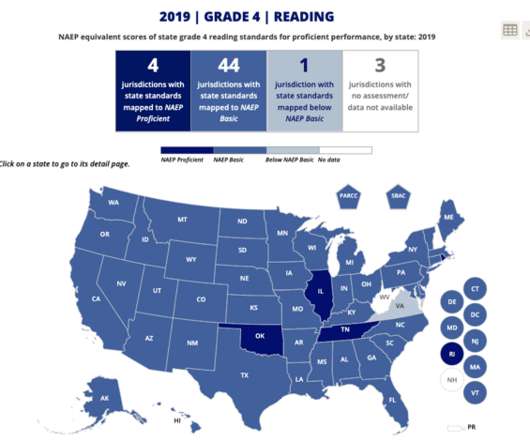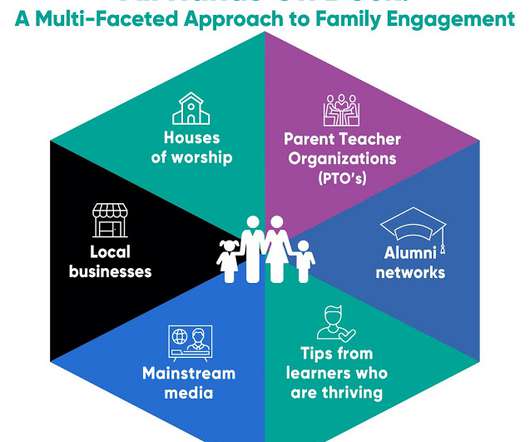5 Ways to Create Relevant Cultures of Learning
A Principal's Reflections
APRIL 7, 2019
Utility value is purely academic and emphasizes the importance that content has for the students’ future goals — both short-term and long-term goals (Ormrod, 2006). Recently I observed a great example of this during a coaching visit with Kay’s Creek Elementary School in Farmington, UT. Ormrod, J.E. Upper Saddle River, N.J.:
















Let's personalize your content